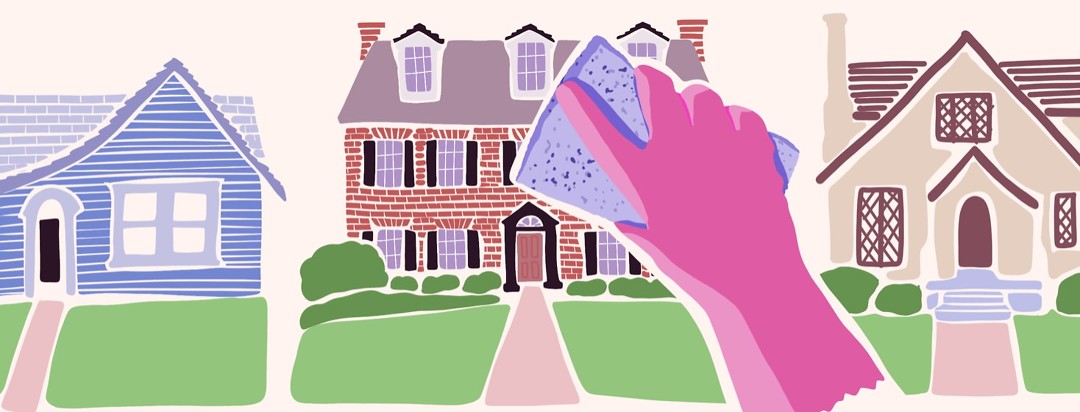Cleaning And Disinfecting Your Home For Cystic Fibrosis
There has been a lot of talk about cleaning, disinfecting, and overall best hygiene practices this past year. For those living with cystic fibrosis (CF), cleaning and disinfecting has been a regular part of life since diagnosis -- pandemic or not! The following tips may help in keeping your home bacteria and virus-free as you live with CF.
It is important to also highlight that cleaning your home and maintaining chores can be difficult due to the level of activity required. Coupling these tips with energy-saving tips can help minimize fatigue. Remember, the goal isn’t to have a spotless home - but rather one that is safe, hygienic, and minimizes health risks.
Hand hygiene is always first and foremost
The most important aspect of keeping a germ-free home is hand hygiene. After all, cleaning the home serves no purpose if it is consistently soiled with germs from the outside. Ensure all members of the household wash their hands with soap and water before making contact with anything in the home upon entry, if possible.
Disinfect common areas of the home
Use a disinfectant to wipe down counters and other surfaces. The type of product you use is very important; many common cleaning products can harm the lungs. These products may contain volatile organic compounds (VOCs), ammonia, fragrances, and/or bleach. The following household supplies may contain these harmful substances:1-3
- Oven cleaners
- Furniture and floor polish
- Detergent and dishwashing fluid
- Chlorine bleach
- Air fresheners
- Aerosol sprays
The American Lung Association recommends that people avoid air fresheners and select products with less irritants. It is important to note that even if a product is labelled natural or green, it does not necessarily mean that is is healthier. Many of these natural products contain natural fragrances -- such as citrus -- that can cause respiratory issues.4 To find out whether your current household products are safe, I recommend using the United States Environmental Protection Agency (EPA) Database.
Other hygiene & safety considerations for people with cystic fibrosis
Clean common, overlooked items
Let’s not forgot about the most common items that are usually neglected during cleaning -- our phones and keys, for example. In addition, for those with kids, cleaning your kids’ toys on a regular basis with non-toxic products is important.
Dry everything
Mold is a situation no one wants to deal with. Moisture helps germs and mold grow, so it is important to dry wet surfaces such as countertops and bathtubs right after use.2,3
Change your clothes when you come home
This may be a hard habit to implement. As a child, my mom would always scold my sister and me if we didn’t change our clothes when arrived home from school. We were not allowed to do anything in the home unless we changed out of our “outdoor” clothes and into our “home” clothes. I always thought this was a strange practice; however, I now realize that there may have been benefits to it.
Soiled clothing has been implicated to transmit disease. In fact, clothing has been associated with outbreaks of salmonellosis, bacterial and viral meningitis, Q fever, and ringworm.5 Wet or damp clothing further enhances the spread of bacteria. It is always important to wash clothes with laundry detergent and then dry them; the heat in the dryer alone is not enough to kill all germs in the absence of detergent.
If you or your loved one have cystic fibrosis, what are your primary hygiene and safety considerations? Share in the comments below!

Join the conversation